Ontario Nature Blog
Receive email alerts about breaking conservation
and environmental news.
© Lora Denis
May 24, 2023–Ontario Nature Staff
Boreal Forest•Environmental Education•Habitat•How To•Recreation and Events•Species at Risk•Wild Species
American white pelicans © Rick Derevan CC BY-NC-SA 2.0
Just in time for summer, Ontario Nature is pleased to present our new and updated guides to Northern Ontario. For hiking, canoeing, and other adventures, our Nature of the North Guide is the perfect resource for travelers. You can find information about the plants and animals of northern Ontario in our two other newly updated guides – one on species at risk and another on forest foraging. Originally published in 2017, the revised guides include newly listed species at risk and additional forest foods that can be found in the north.
Keep reading to find out the highlights of each one.
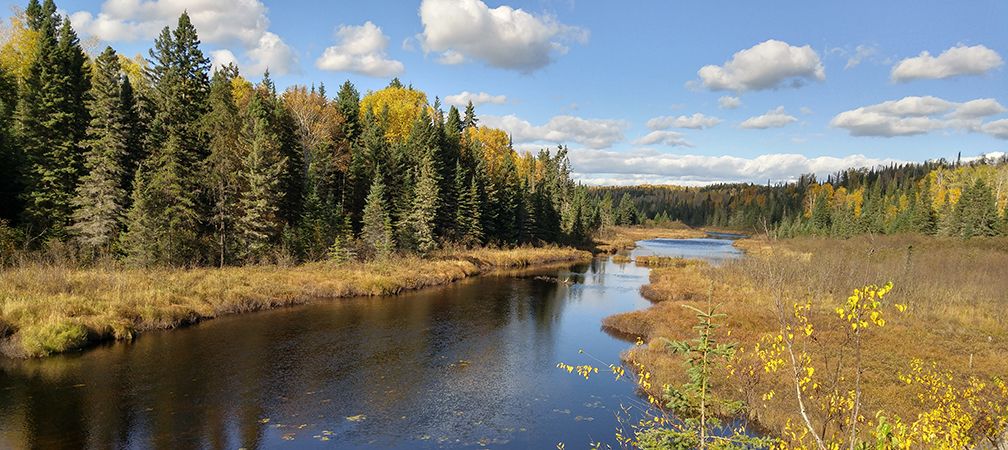
Hot off the (virtual) press and available online, this guide is intended to be a starting point for learning more about the natural history of northern Ontario (north of the French River). It provides a brief overview of amazing landscapes, plants and animals.
A section on water highlights major watersheds and lakes, rivers, waterfalls and paddling routes, with photographs, advice and information on how to travel and visit safely.
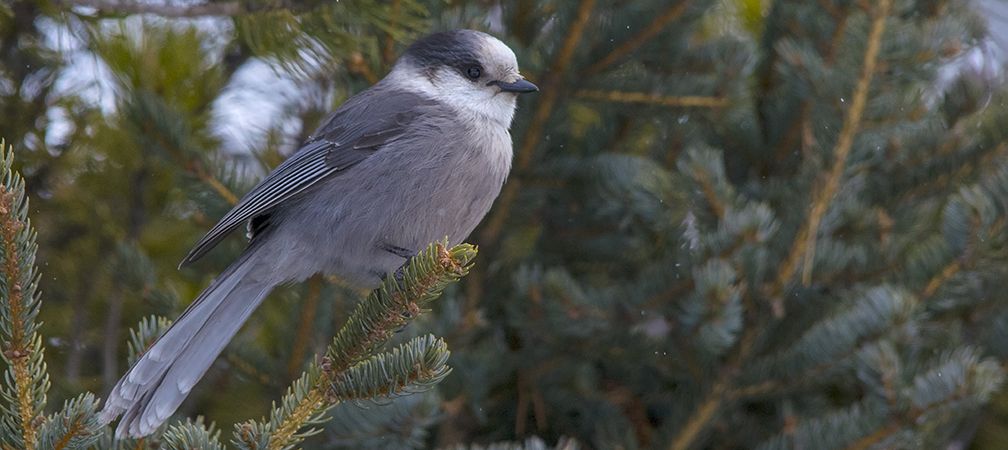
This is followed by sections touching on major forest regions and geology, with brief explanations of the natural forces at work in their creation – from fires to glaciers to an earth-shattering comet.
The guide then focuses on some iconic animals and plants – many of which are commonly seen, as well as a few that are more elusive – with cautions and reminders about how to keep wildlife wild and visitors safe.

The evening grosbeak is a large, colourful finch found in open, mature mixed-wood forests that have spruce budworm, its preferred food source. Like many species of birds in North America, its population has been decreasing. Between 1970 and 2012, the evening grosbeak experienced population declines of 90 percent in Canada. Now recognized as at risk, it is threatened by habitat loss and degradation from forestry, chemical control of spruce budworm, climate change and collisions with vehicles and windows. Through monitoring efforts like the Christmas Bird Count and the Ontario Breeding Bird Atlas organizations and individuals can help keep on eye on bird species at risk.
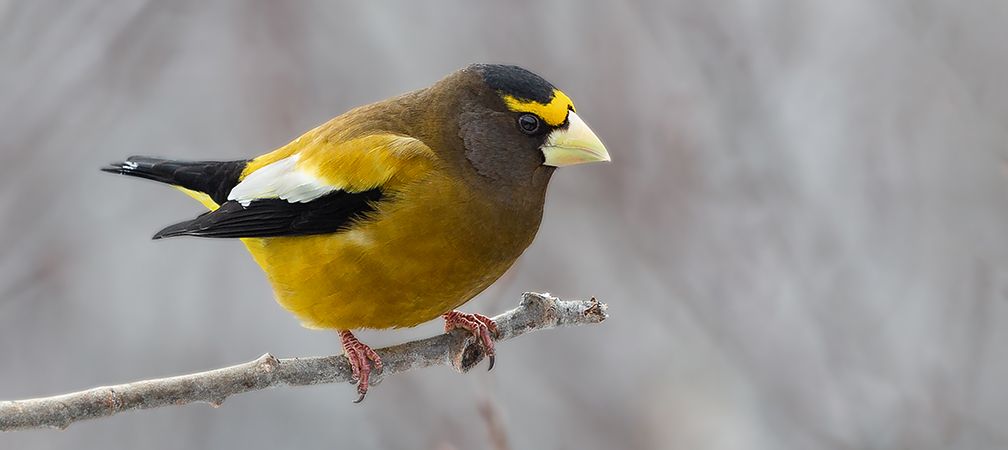
For those who like to forage, our guide stresses best practices for safe and sustainable harvesting.
The giant puffball is a large mushroom found in nutrient rich soils of woodlands, fields and streambanks. Aptly named, the giant puffball can get up to 50 centimetres across and is a smooth white ball. If harvested in the late summer or early fall, the inside of it must be white with no shades of yellow or purple or else it can cause intestinal discomfort.
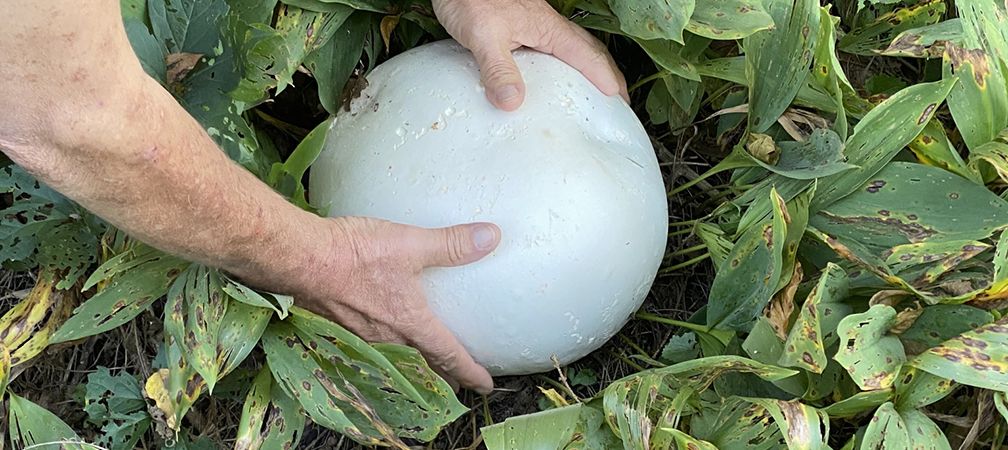
Ontario Nature is dedicated to the protection of wild species and wild spaces. We hope that these guides will help to inform and inspire people across the province to appreciate and stand up for nature in the north.
The development of this guidebook was generously supported by the Federal Economic Development Agency for Northern Ontario and the Northern Ontario Heritage Fund Corporation.
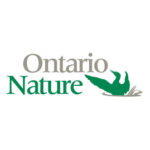
Gananoque Lake Nature Reserve © Smera Sukumar